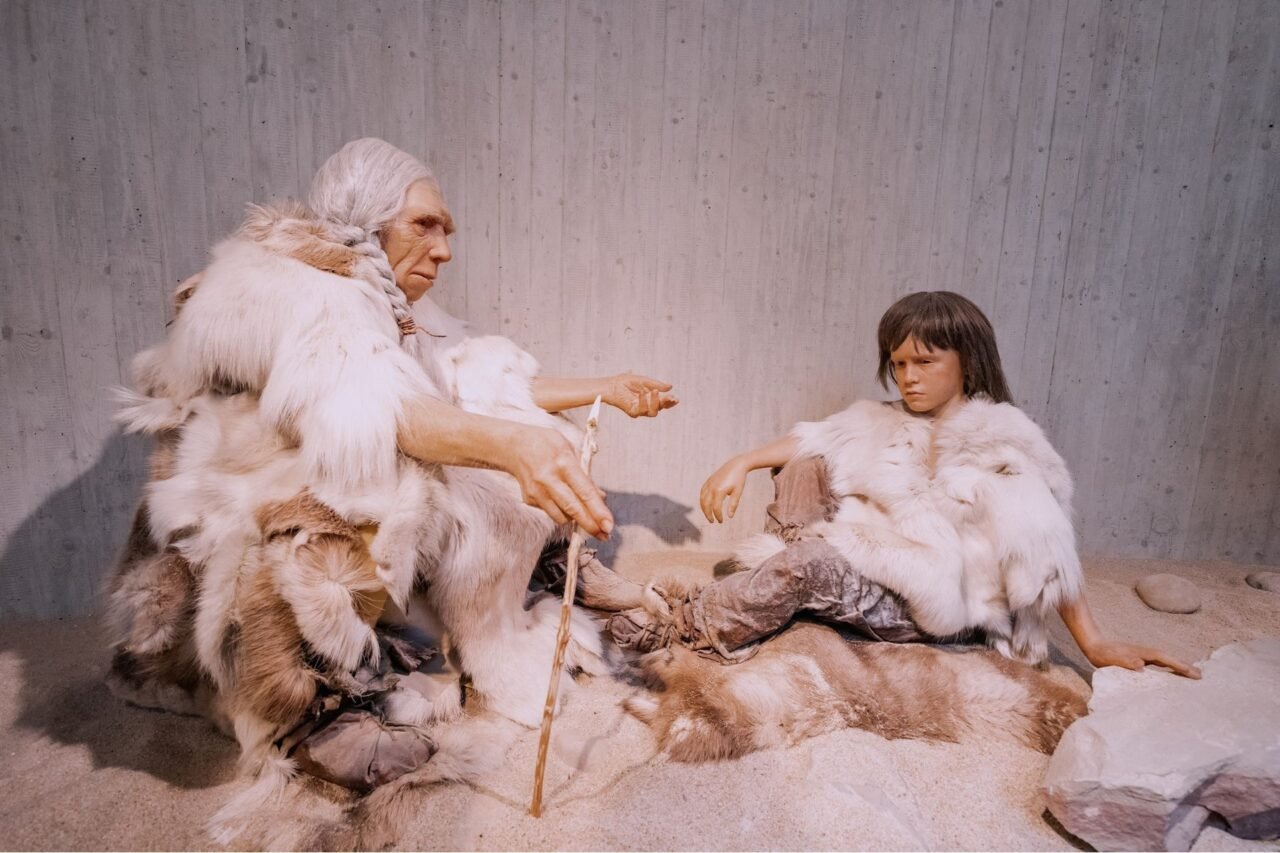BREAKING: New evidence has emerged revealing that Neanderthals engaged in cannibalistic practices targeting outsider women and children. A study published on November 19, 2023, in the journal Nature Scientific Reports, uncovers a shocking history of violence among our ancient relatives, suggesting a complex and brutal social dynamic.
Anthropologists analyzed 101 bone fragments found in the Goyet cave system in modern-day Belgium, estimated to be between 41,000 and 45,000 years old. This significant discovery indicates that the remains belonged to four adult women and two male children, specifically targeted by other Neanderthals. Researchers assert these individuals were butchered and consumed, with evidence pointing to a practice known as exocannibalism—the act of consuming outsiders from different communities.
The research team, led by Quentin Cosnefroy, a biological anthropologist at the University of Bordeaux, conducted rigorous forensic analyses. Their findings revealed distinct cut marks and butchery signs on the bones, reinforcing the notion of nutritional cannibalism. This gruesome behavior may have arisen from conflict, territorial disputes, or cultural norms surrounding outsiders.
According to the study, the targeted individuals were notably slender and shorter than typical Neanderthals, suggesting a systematic approach to selecting victims. The researchers conclude that these acts may have been a strategy to undermine rival groups, highlighting a ruthless aspect of Neanderthal social interactions.
“
At a minimum, it suggests that weaker members of one or multiple groups from a single neighboring region were deliberately targeted,”
the researchers stated in their analysis. This shocking revelation provides a glimpse into the social tensions that characterized Neanderthal life.
While cannibalism among ancient humans is not new, the evidence from the Goyet caves stands out. With this being the largest collection of Neanderthal remains in Northern Europe showing clear signs of human alteration, the implications are profound. Understanding these behaviors helps illuminate the darker aspects of human evolution and social dynamics.
As the scientific community delves deeper into this unsettling chapter of human history, the findings raise urgent questions about Neanderthal behavior and the survival strategies of early humans. What does this mean for our understanding of human ancestry?
Stay tuned for further updates as researchers continue to explore the implications of these discoveries. This new evidence is not only a compelling reminder of our past but also a chilling reflection of how ancient conflicts could influence the evolution of human society.
